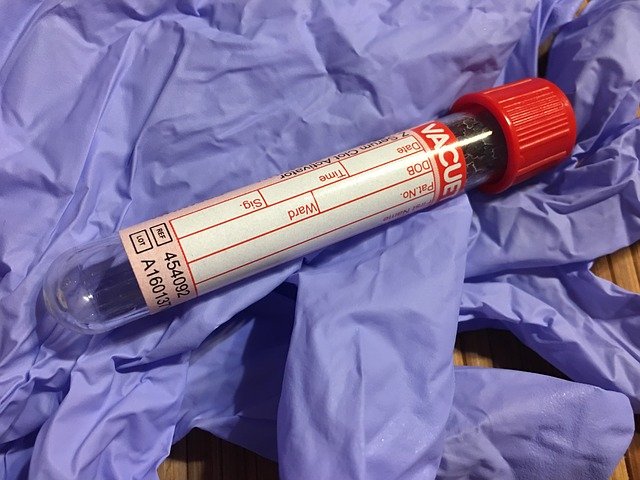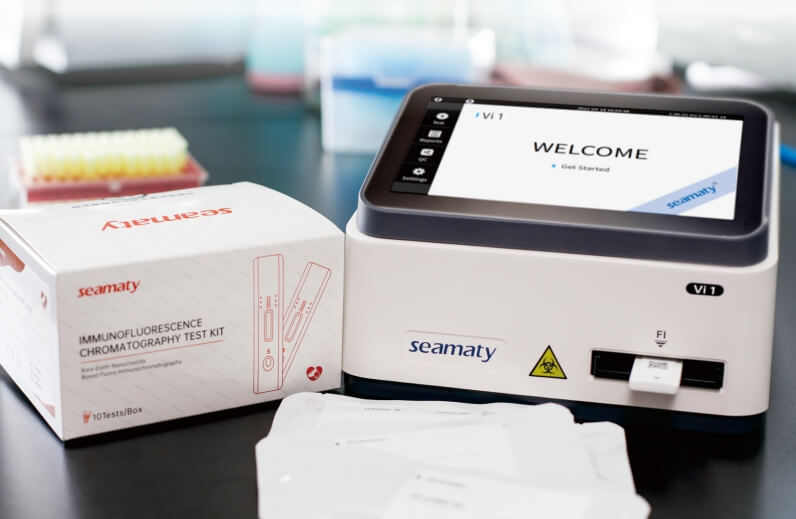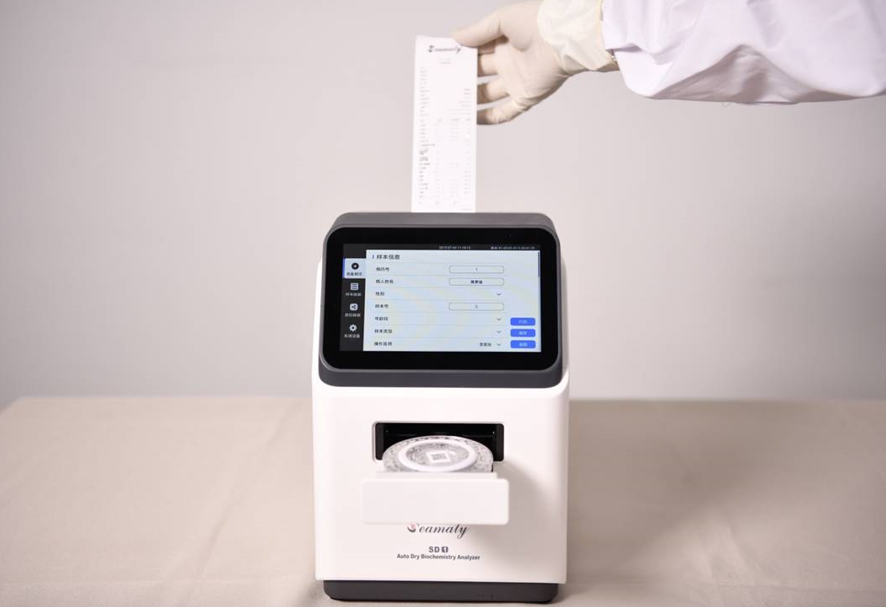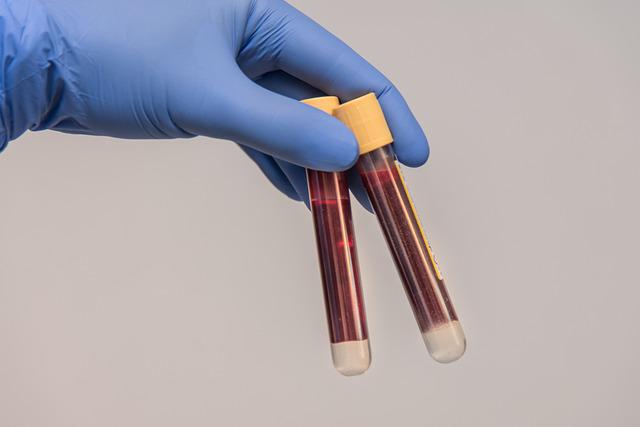After the blood leaves the body in the natural environment, non-anticoagulated specimens will quickly coagulate and precipitate is serum. Some specimens are used a variety of anticoagulants, which can better protect the corresponding blood cells, clotting factors. However, as the specimen is stored for a longer period of time, the indicators in the
blood sample will be affected to varying degrees.
The following will introduce the impact of time on the relevant test results one by one.
1. Effect of biochemical activity determination
Prolonged storage of blood samples can lead to changes in certain biochemical components. For example.
a) Degradation of white blood cells and gradual death of red blood cells.
b) the entry of potassium ions from red blood cells into the serum causing an increase in serum potassium
c) lower results due to the escape of CO2.
d) changes in blood pH.
e) Decrease or loss of enzyme activity, etc.
2. Effects of blood glucose measurement
a) Red blood cells consume energy and bacterial contamination and decompose glucose to lower blood glucose concentration.
b) GLU (blood glucose) can be reduced by 6.7%~15% after the blood sample is placed for 2~3 hours, so the monitoring should be completed within 2~3 hours, and 6 hours is beyond the acceptable range of laboratory;
c) BUN (urea nitrogen), TBIL (total bilirubin) and electrolytes should be detected within 4~6 hours after collection;
d) C02-CP (carbon dioxide binding capacity), K gradually increased in 6~24 h; ALT (serum glutamate transaminase) gradually decreased after 6 h.
3. Effect of platelet count
The increase in platelet count may be due to.
a) as the specimen is left longer, the more cells are destroyed and the analyzer mistakenly counts fragments of broken red blood cells as platelets.
b) A change in plasma osmolality and pH due to the fact that blood cells also undergo metabolism outside the body.
c) It is also related to the type of hemolysate, osmotic pressure of diluent, ionic strength, and instrumentation.
Therefore all blood samples should be measured for platelets within 60 min.
4. Effect of hs-CRP determination
Nearly 70% of the venous anticoagulated blood samples and peripheral blood samples were left at 4°C for 24h before the hs-CRP assay values started to decrease. The value of hs-CRP measurement decreased with the increase of sitting time, with a maximum shift of 44% compared to the immediate value. However, some samples had higher hs-CRP values than the immediate values after 24h or 7d. The highest increase was 81% after 7 d of storage in one case of venous anticoagulated blood sample.
5. Effect of cTnI determination
The decay gradient of the concentration level of cTnl was not normally distributed due to the prolonged placement time of the specimen, which may be related to the half-life of cTnl. Troponin has a half-life of approximately hours in circulating blood and is excreted by the kidneys, whereas free cTnI has a half-life of approximately 67 min in circulating blood, which is related to the form of cTnI present in the blood.
The cTnI assay should be completed within 20 min, and its level decreases when tested at 40 min and 60 min, respectively. For NT-proBNP, there was no change in the test results within 24h of sample placement and no significant change in the test results at 72h.
6. Effect of D-dimer assay
After the blood is isolated from the body, coagulation factors in the plasma are activated and fibrinolytic enzymes are activated, leading to the formation and subsequent degradation of cross-linked fibrin and the production of D-dimers. Therefore, the measured values of D-dimers increase to varying degrees as the blood samples are left for longer periods of time.
For samples stored at -20°C, there was no change in D-dimer measurements within 7 days. Therefore, it is best to perform the D-dimer test within 4 hours. If the test results cannot be produced in time, the plasma should be stored in a refrigerator at 4°C but not for more than 24 h. Specimens that cannot be tested within 24 h should be stored frozen at -20°C to ensure the accuracy of the test results.
7. Effect of PCT assay
For in vitro samples, the use of different blood collection tubes and different placement times will have an impact on PCT.
a) The average degradation of EDTA-K2 tubes was (2.61±0.56)% when the samples were left for 12h, and the degradation rate was the slowest compared with other blood collection tubes.
b) Separation tubes degraded an average of 0.46% per hour, the fastest degradation rate.
c) At 24 h, the average degradation rate was (9.66±1.60)%, (11.01±1.62)%, (8.00±0.91)%, and (3.86±0.76)% for the normal dry tube, the separator tube, the lithium heparin tube, and the EDTA-K2 tube, respectively.
d) At 72 h, the average degradation rate of the isolated gel tubes reached (41.25±1.68)%, which was still the fastest degradation, while the EDTA-K2 tubes only degraded (15.77±1.65)% on average.
e) The difference between EDTA-K2 anticoagulated specimens, even when stored at 4°C, and the values measured immediately in isolated plasma at 7 d was not statistically significant.
f) Stored at -70°C, samples left for 7 d superimposed on repeated freeze-thawing twice had no significant effect on the assay results.
In conclusion, prolonged storage of blood samples can lead to changes in certain biochemical components and their markers. The modern developed technology can make the storage time of blood samples much longer, but it does not mean that long storage time is better for the test results.
In general, blood without procoagulants can be separated from serum 30 min after isolation. Blood with a procoagulant can be centrifuged in 10 minutes. Anticoagulated blood can be separated from plasma immediately after the blood is drawn.
If the test cannot be performed in time, the specimen should be pretreated according to the test requirements. For example, the serum is separated and stored in a refrigerator at 2-4°C, made into a deproteinized filtrate, added preservative, etc.
It is important to note that the serum should be transferred into a separate stoppered tube before refrigeration and not coexist with blood cells, as this can cause hemolysis and other error factors. Serum for enzymatic assays should not be repeatedly frozen and thawed. It should also be noted that the storage time should not be too long, so the laboratory should make clear provisions for the handling of blood samples according to their specific test items.



